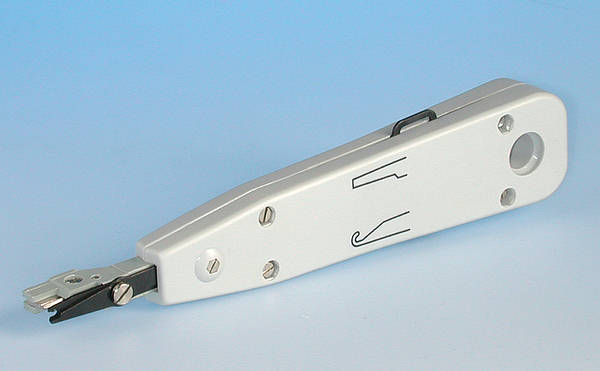Hi
Just had to move the phone socket. Re wired & our broadband connection works fine however, there is no dial tone when trying to make calls?
When we ring our number from a mobile we hear a ringing tone but the phone doesn't ring?
There are 4 wires (Blue, Brown, Orange, Green) so its an older cable but any ideas why we have data but no voice...
Any help gratefully received
Just had to move the phone socket. Re wired & our broadband connection works fine however, there is no dial tone when trying to make calls?
When we ring our number from a mobile we hear a ringing tone but the phone doesn't ring?
There are 4 wires (Blue, Brown, Orange, Green) so its an older cable but any ideas why we have data but no voice...
Any help gratefully received




